12-2-14
Simshar: From Malta, Rebecca Cremona Looks Out on Today’s World
By Diane Sippl
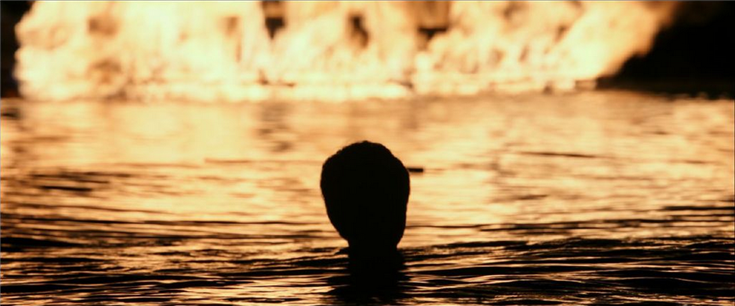
On the tiny Mediterranean island of Malta, eleven-year-old Theo plays pirates with his friends and gets into the usual trouble with the neighborhood rascals. His mother asks his father to discipline him, but his father, Simon, has something else in mind: he will take Theo out on his first trip on their family fishing boat along with Theo’s grandfather and Moussa, a migrant worker from Mali. Theo will find more than his fill of adventure. Meanwhile a Turkish vessel rescues African refugees between Malta and Lampedusa, but neither Malta nor Italy will allow them to disembark. When a fire breaks out on Theo’s own boat, the crew is left stranded in open water. How will they survive?
“Some stories are so strong they just need to be told. I believe that Simshar is one of them,” says writer-director Rebecca Cremona, a graduate of Art Center College of Design in Los Angeles who returned to Malta after her studies to make this large-scale social drama that was shot at 21 separate locations around her island and at the same time used 20 different nationalities in her cast and crew.
After Simshar’s screening in West Hollywood as Malta’s submission for the Best Foreign-Language Film Academy Award, Rebecca Cremona shared stories of making her beautifully ambitious, unique, important film.
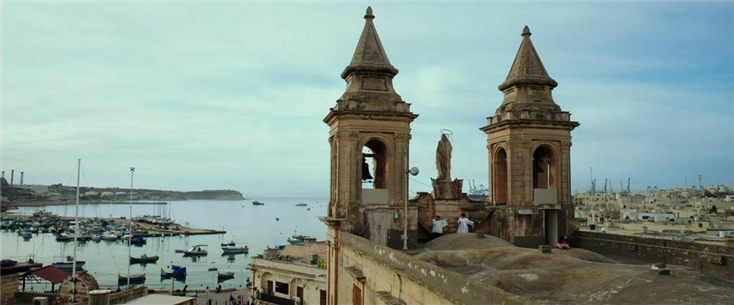
KINOCaviar: This is your feature film debut — how did you decide on this story?
Rebecca Cremona: In the summer of 2008 a tragedy occurred in a fishing family. After an accident at sea, only one survivor was found of those who had been on the boat, and that was seven days after the boat was lost.
I was here (in southern California) studying, and when I went home for Christmas, I got to meet the man. I had been reading a lot about him on-line — the story got lots of press in Malta — and I said, ‘How strange, with all the traffic at sea, that no one saw you.’ And he said to me, ‘What makes you think so?’
I looked into this claim — that people were being seen stranded at sea and not rescued. To my surprise, fishermen, captains of industrial ships, and private boat owners all had stories of the difficulty of rescuing irregular migrants — insurers advising against the losses incurred due to the rescues, accusations of smuggling... So it opened up a whole new perspective for me about what was happening in the Mediterranean.
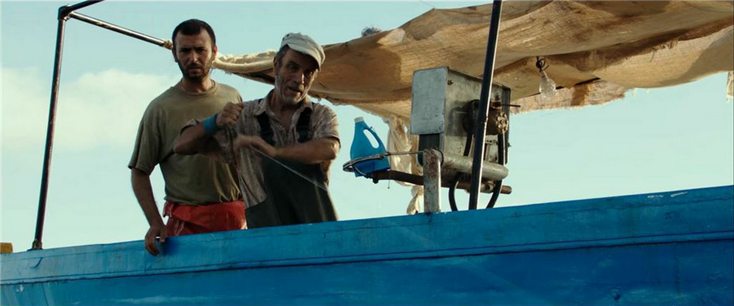
KC: How does it feel for this to be not only your first feature film but also Malta’s first submission for the Best Foreign Language Oscar?
RC: Malta’s big in the service industry, and it’s also a prominent location for other films to be made: “Brangelina” recently shot there. Just to get Malta set up with the Academy of Motion Picture Arts and Sciences was a whole process, let alone to launch Malta’s first theatrical feature of this scale, because there was no infrastructure for it.
KC: What other challenges did you face in making Simshar?
RC: Well, the whole “life rights” issue came up because the film is based on real people. And then we were working with children and with animals. We were shooting at sea. Beyond this, we were working not only with professional actors but also with lay actors who were playing themselves, who went through the whole journey. All of these situations presented extra challenges.
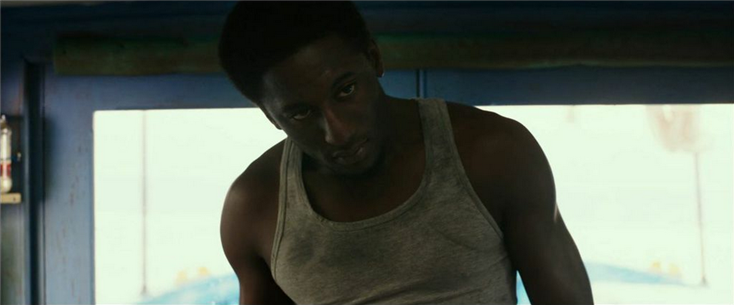
KC: What were the logistics of the shooting like, given that so much of your story happened on the water?
RC: We shot part of the water scenes in water tanks in Malta in 2012, because they allowed for better safety and easier access, but then the rights were suspended. We picked up again in April of 2013. The scene in which the men on the bigger boat see the stranded fishermen in the water and don’t pick them up was shot half in the water tank and half at sea. But water is very difficult to match with other water, so this footage was very tricky.
KC: But it appears that there were even bigger natural challenges as well…
RC: Well, yes — the fire scenes on the boat, and shooting at night, at sea…
KC: This was the beautiful, mild blue Mediterranean — how cold was the water?
RC: The water was cold in November. By April the crew and the cast were more ready and in sync with each other.
KC: Simshar is really striking visually. What camera did you use, and how long did it take to shoot your film?
RC: We used the Alexa, Arri, and it took 29 days plus a little extra.
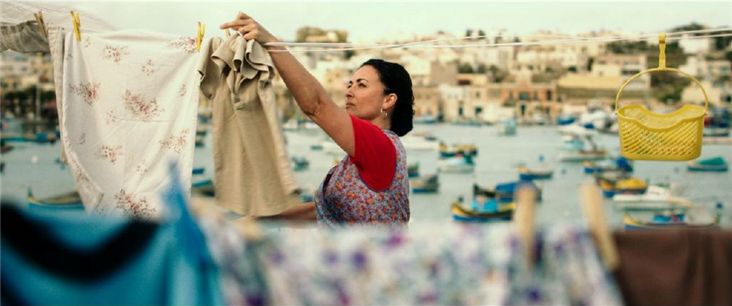
KC: What about the people who make up your cast. It’s a huge ensemble!
RC: Our cast included Maltese actors, French-African actors (Sekouba Doucoure and Laura Kpegli have been in films at Cannes), non-actors, and actual refugees. The father in the film is a Tunisian star, Lotfi Abdelli, who learned Maltese just for the film. Sekouba (who plays Moussa) had action in the water, but he did not know how to swim. The survivor of the real tragedy was involved too, as an extra…
KC: What relation did you have with your producer?
RC: We met at Art Center in Pasadena where I was studying. Simon Samson, the line producer, is from Malta and had a lot of experience in the service industry. He helped a whole lot.
KC: You’re from Malta, and your producer is American — but was there any language difficulty with such an international cast and crew?
RC: We had a mix of nationalities working on our film — Italian, French, Arabic, British. Malta is a bi-lingual country and we speak English, too, so that helped. And although there wasn't an existing infrastructure for an indigenous film industry, there is a strong film servicing infrastructure, so we tapped into it.
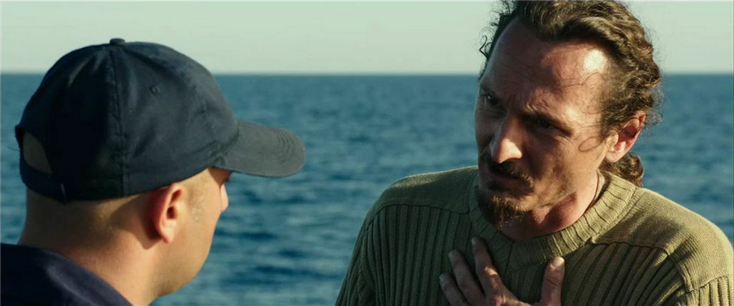
KC: What about the writing? How faithful did you want to be to the original event as it happened?
RC: In life there was a fifth man on board, a recovering heroin addict. Also, the black sailor on the boat was not named Moussa in life nor was he from Ethiopia as in the film; he was really Abdul from Somalia. We didn’t have access to his life story and couldn’t get the rights to it. So we had to change the story. We decided to focus on the themes; this is, after all, not a documentary.
KC: I see that focus as one of the strong points of Simshar. It’s not just an adventure film, but a very sensitive and relevant social drama, and you reflect that sensitivity in your entire mode of production. Can you talk a bit about the issues?
RC: Well, it’s 3,000 people — and these are only the ones we know of — who have perished in the Mediterranean this year alone. This figure used to represent mostly Africans, but now Syrians are entering this group, more every day. There are more displaced persons now than ever before since World War II.
On a more individual level, Simon, the real-life survivor, recorded Simon the character's lines in his own words so that Lotfi, the Tunisian actor playing the role, would learn his lines directly from him.
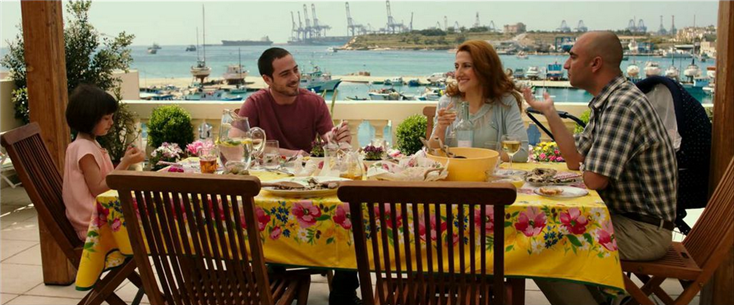
KC: Has the film been shown yet in Malta?
RC: The film screened in Malta for three months and we are preparing for a second release in January.
KC: Were there any controversies surrounding the issues there?
I was initially a little worried about the reception in Malta, since we are not accustomed to local films addressing current socio-political issues like those in Simshar. However, after the first few days of release, it was clear that it was going well. And after we had put all our efforts into "art imitating life" we also had some weird instance were "life imitating art": the ship that rescues migrants in the film rescued them in real life, and in a wonderful twist, Simon and Sharin had another baby….
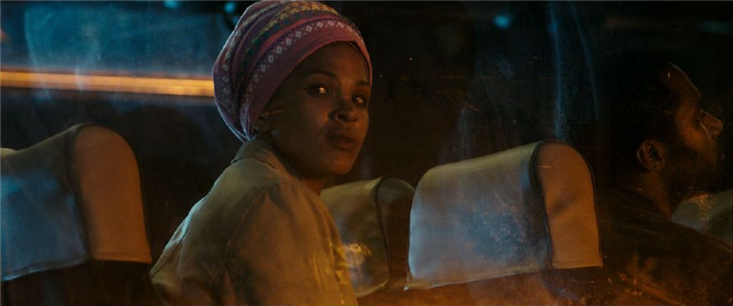
Simshar
Director: Rebecca Cremona; Producer: Leslie Lucey; Screenplay: Rebecca Cremona, David Grech; Cinematographer: Chris Freilich; Editor: Daniel Lapira; Sound: Aleksandar Bundalo; Designers: Nina Gerada, Jonathan Hagos; Costumes: Ernest Camilleri; Music: Ruben Zahra.
Cast: Lotfi Abdelli, Clare Agius, Sékouba Doucouré, Laura Kpegli, Chrysander Agius, Mark Mifsud, Jimi Busuttil, Adrian Farrugia, Kurt Zammit, Pierre Stafrace.
Cinemascope, color, 101 min. in Maltese and English with English subtitles